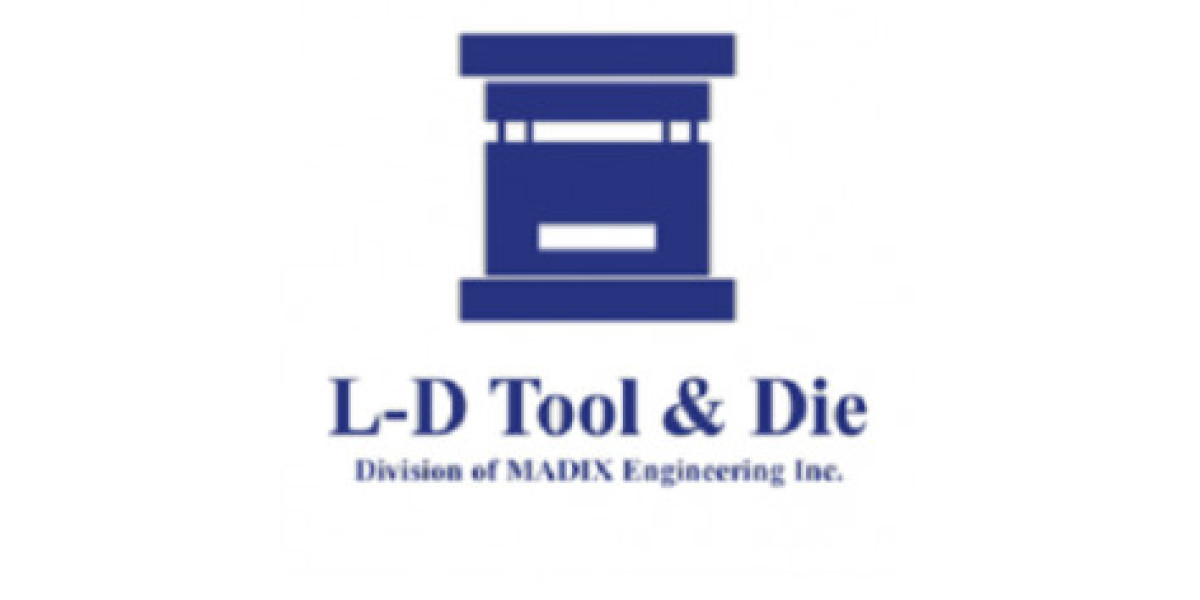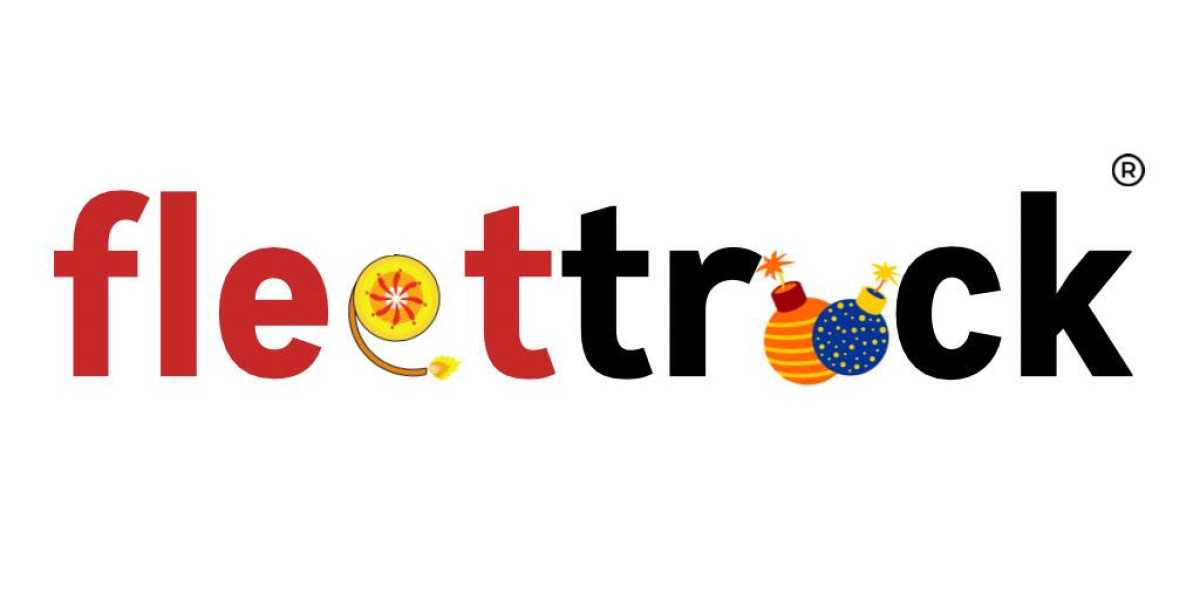Embroidery digitizing is a complex process that involves converting artwork into digital embroidery files for stitching on garments, accessories, and other textiles. While embroidery digitizing offers numerous benefits, such as precision and customization, it also comes with its fair share of challenges. From stitch density issues to design distortion, embroidery digitizing issues can impact the quality and efficiency of the embroidery process. In this article, we'll explore common challenges faced in embroidery digitizing and provide solutions to overcome them.
1. Common Challenges Faced in Embroidery Digitizing
Stitch Density Issues
Stitch density refers to the number of stitches per square inch in an embroidery design. Too high stitch density can cause fabric puckering and distortion, while too low stitch density may result in gaps or uneven coverage. Achieving the right balance of stitch density is crucial for producing high-quality embroidery designs.
Thread Breakage and Tension Problems
Thread breakage and tension issues are common in embroidery digitizing, especially when working with intricate designs or dense stitching. Poor tension control can lead to thread breaks, knots, or bird's nests, disrupting the embroidery process and compromising the final result.
Inconsistent Stitching
Inconsistent stitching occurs when stitches vary in length, tension, or direction, resulting in uneven or patchy embroidery. This issue may arise due to improper digitizing techniques, machine malfunctions, or fabric inconsistencies, requiring careful troubleshooting to rectify.
Complex Design Handling
Handling complex embroidery designs, such as gradients, gradients, or small details, can pose challenges in digitizing. Maintaining clarity and definition while reducing stitch count and minimizing thread changes requires advanced digitizing skills and attention to detail.
Distortion and Puckering
Distortion and puckering occur when fabric shifts or stretches during the embroidery process, causing the design to appear warped or uneven. Factors such as fabric type, tension, and stabilizer usage can influence distortion and puckering, necessitating corrective measures to ensure smooth stitching.
2. Solutions to Overcome Embroidery Digitizing Challenges
Proper Digitizing Techniques
Mastering proper digitizing techniques is essential for overcoming embroidery digitizing challenges. This includes understanding stitch types, densities, and directions, as well as utilizing digitizing software effectively to achieve desired results.
Adjusting Stitch Parameters
Fine-tuning stitch parameters, such as density, length, and underlay, can help address issues like stitch density, thread tension, and inconsistent stitching. Experimenting with different settings and conducting test runs on sample fabrics allow for precise adjustments and optimal stitch quality.
Using High-Quality Threads and Materials
Investing in high-quality threads and materials can mitigate thread breakage, tension problems, and fabric distortion. Choose threads that are compatible with your embroidery machine and fabric type, and ensure proper thread tension to minimize breakage and ensure smooth stitching.
Testing and Prototyping
Testing and prototyping embroidery designs on sample fabrics allow you to identify and address potential issues before production. Conducting test runs helps refine digitizing settings, verify stitch quality, and troubleshoot any problems that may arise during the embroidery process.
Seeking Professional Help
When faced with complex embroidery digitizing challenges, seeking professional help from experienced digitizers can provide valuable insights and solutions. Professional digitizing services, such as those offered by ZDigitizing, offer expertise, precision, and efficiency in overcoming digitizing issues and delivering high-quality results.
3. Importance of Addressing Embroidery Digitizing Challenges
Addressing embroidery digitizing challenges is crucial for maintaining the quality, efficiency, and profitability of embroidery operations. By identifying and resolving issues early on, embroidery businesses can minimize production delays, reduce material waste, and ensure customer satisfaction with the final product.
Conclusion
Embroidery digitizing issues are inevitable in the embroidery process, but with the right strategies and solutions, they can be effectively overcome. By mastering proper digitizing techniques, adjusting stitch parameters, using high-quality materials, testing and prototyping designs, and seeking professional help when needed, embroidery businesses can tackle challenges head-on and produce exceptional embroidery designs.
FAQs about Embroidery Digitizing Challenges
What are some common causes of thread breakage and tension problems in embroidery digitizing? Thread breakage and tension problems in embroidery digitizing can occur due to factors such as improper tension settings, thread quality, needle type, and machine maintenance issues. Addressing these factors through proper adjustment and troubleshooting can help prevent thread-related issues during the embroidery process.
How can I determine the appropriate stitch density for my embroidery designs? Determining the appropriate stitch density for embroidery designs depends on factors such as fabric type, design complexity, and desired outcome. Conducting test runs on sample fabrics with varying stitch densities can help identify the optimal density for achieving crisp, well-defined embroidery results.
What role does stabilizer play in minimizing distortion and puckering in embroidery digitizing? Stabilizer is a critical component in embroidery digitizing that helps minimize distortion and puckering by providing support and stability to the fabric during stitching. Choosing the right type and weight of stabilizer for your fabric and design can significantly reduce the risk of distortion and puckering in the embroidery process.
How can ZDigitizing's professional digitizing services help address embroidery digitizing challenges? ZDigitizing's professional digitizing services offer expertise, precision, and efficiency in overcoming embroidery digitizing challenges. With a team of skilled digitizers and state-of-the-art technology, zdigitizing ensures accurate digitizing, optimal stitch quality, and timely delivery of high-quality embroidery designs that meet or exceed customer expectations.
What steps can I take to prevent inconsistent stitching in embroidery digitizing? Preventing inconsistent stitching in embroidery digitizing involves ensuring proper digitizing techniques, adjusting stitch parameters, and maintaining machine and thread quality. By optimizing digitizing settings, thread tension, and machine maintenance, you can minimize variations in stitch length, tension, and direction, resulting in smooth and uniform embroidery results.








